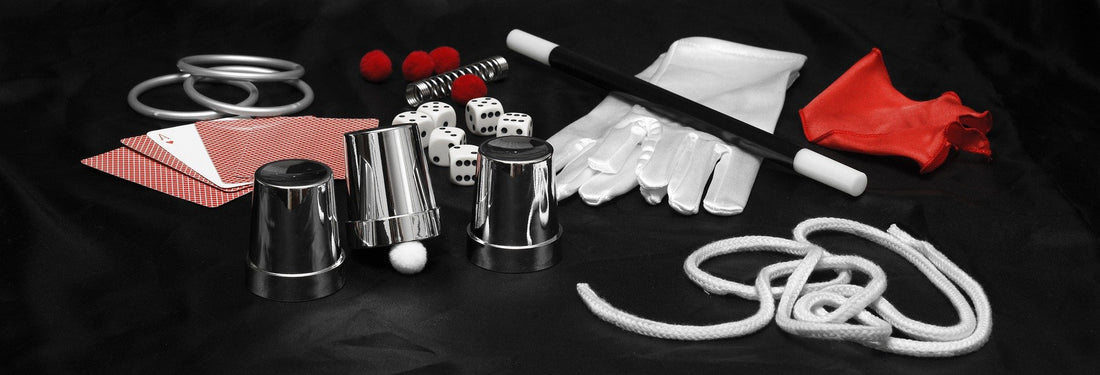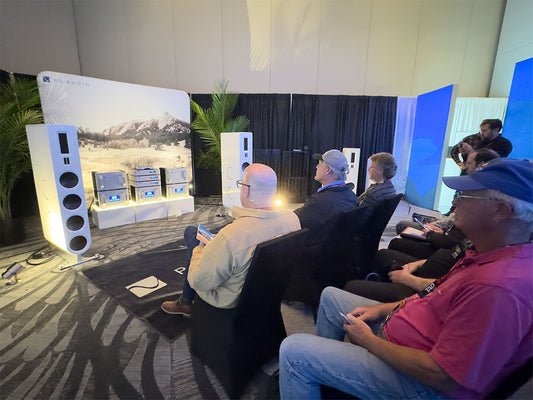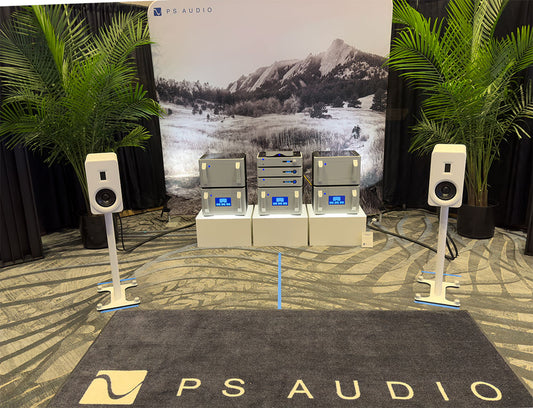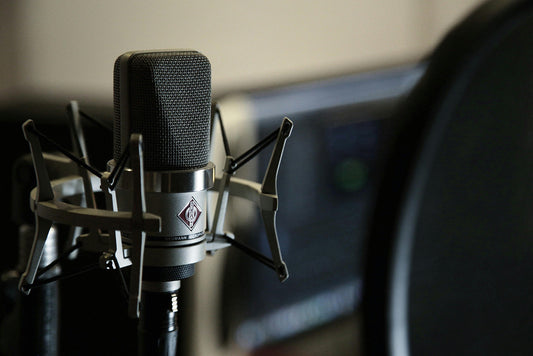A magician can easily walk on water. All one needs is a few inches of the wet stuff and some Plexiglas shoe-lifts. Amazing. Magical.
Knowing how the trick is performed ruins the illusion and that’s the last thing we want to do.
Better to be amazed than to think too hard about how it was done.
Our stereo systems are magical devices. They create a three-dimensional holographic image right before our ears.
We can turn low the lights and press play. Magically, the illusion of real musicians appears in that treasured space between our two loudspeakers.
It’s alright to share the magician’s secrets when it comes to helping others build their own magic machine.
Here’s to day two of a magical new year.
Welcome 2021.









